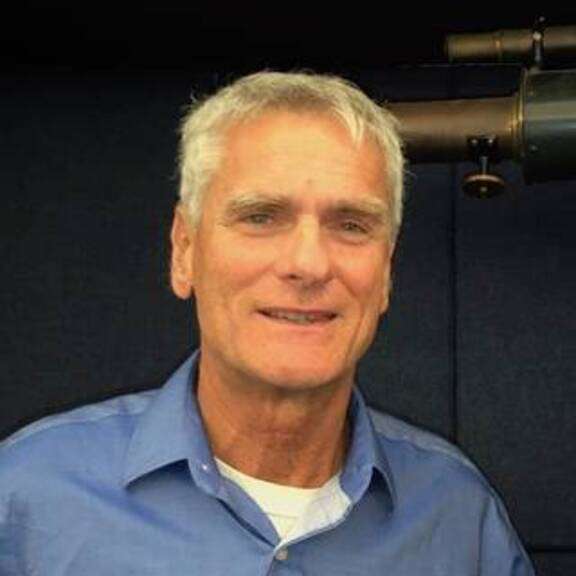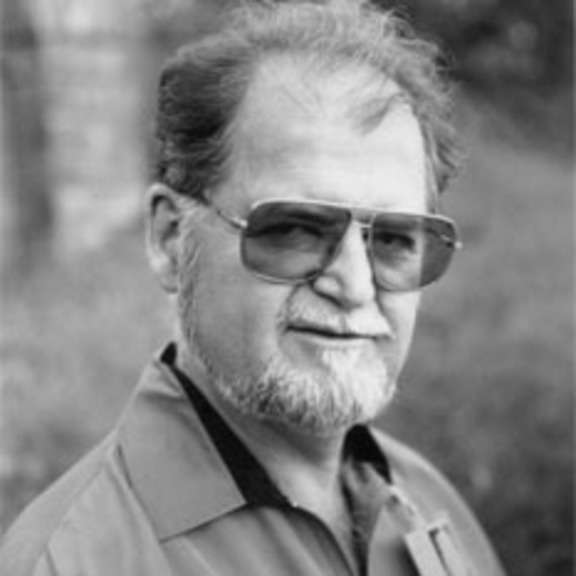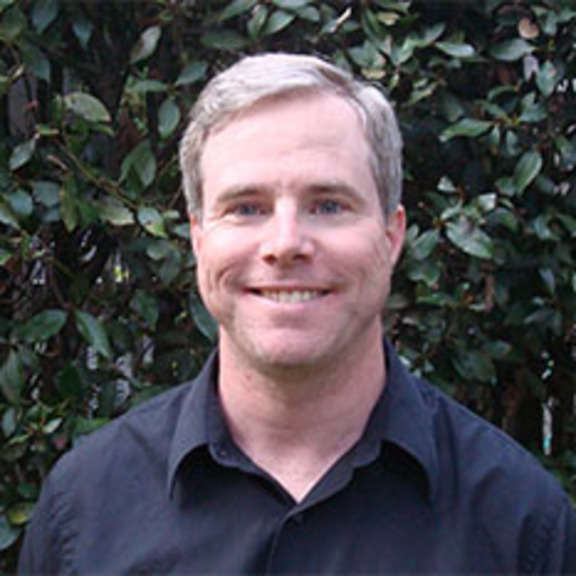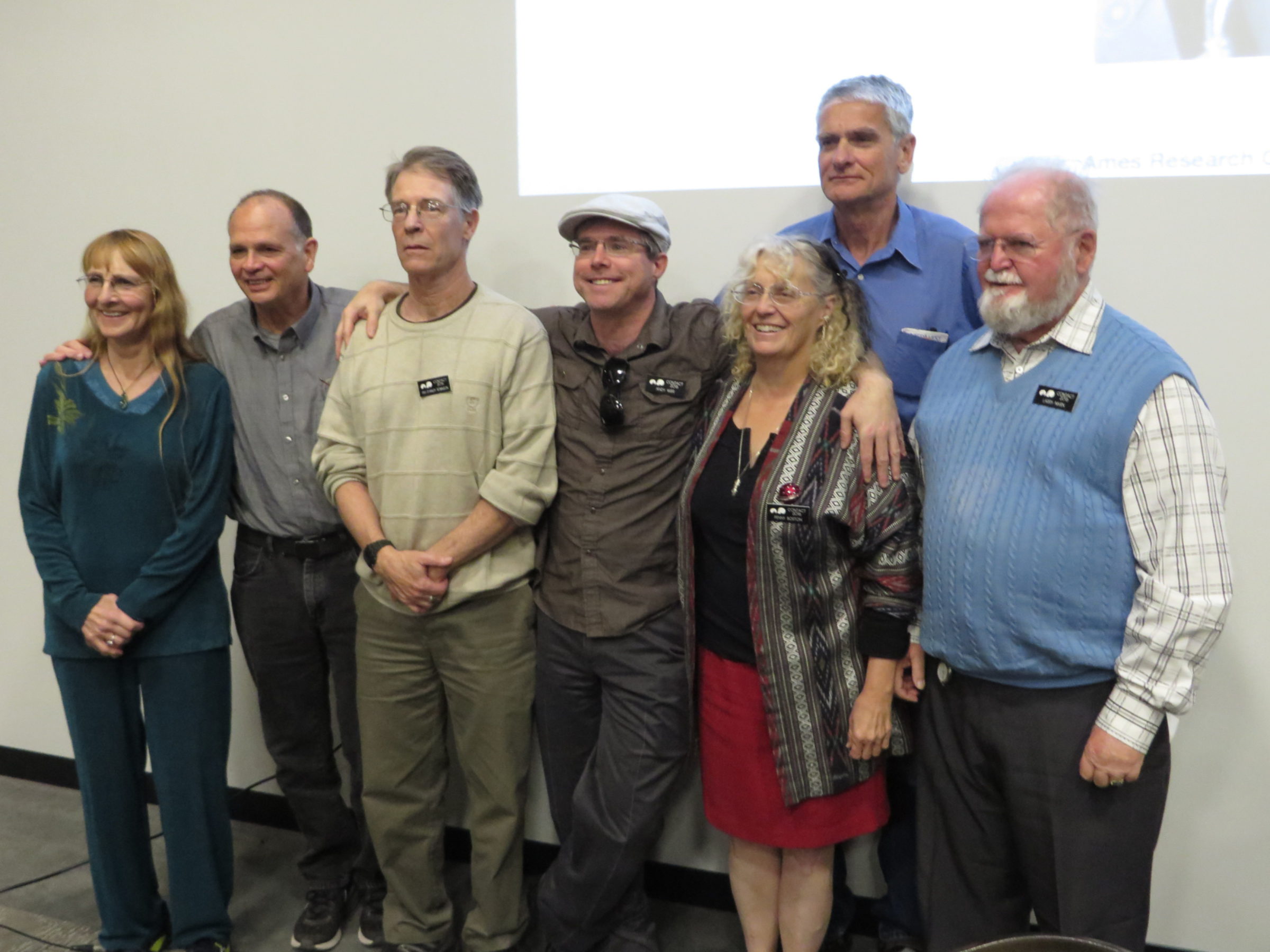Planetary Radio • Jun 07, 2016
Chris McKay, Larry Niven and Andy Weir at the Contact Conference
On This Episode

Chris McKay
Senior Scientist for NASA Ames Research Center

Larry Niven
Science Fiction Writer

Andy Weir
Author of The Martian and Project Hail Mary
Space art and science fiction joined science fact at the 2016 Contact Conference in Sunnyvale, California. We talk with three well-known visionaries. Emily Lakdawalla tells us what to expect in planetary science this month. Bill Nye discusses independent plans by SpaceX and Lockheed Martin for getting humans to Mars in the 2020s. Bruce Betts and Mat Kaplan are just wild about Mars and Jupiter.

Related Links:
- Contact—Cultures of the Imagination
- What’s Up in the Solar System, June 2016 Edition
- What NASA Can Learn From SpaceX (Red Dragon)
- Lockheed Proposes to have Humans Orbiting Mars by 2028
- Offworld Trading Company, the new, beautiful and engaging economic strategy game set on Mars
- Planetary Radio Space Policy Edition
This week's prizes are a Planetary Radio t-shirt, a Planetary Society rubber asteroid and a 200-point iTelescope.net astronomy account.
This week's question:
How many NASA field centers are named after former astronauts?
To submit your answer:
Complete the contest entry form at http://planetary.org/radiocontest or write to us at [email protected] no later than Tuesday, June 14th at 8am Pacific Time. Be sure to include your name and mailing address.
Last week's question:
During the current closest approach, how big is the disc of Mars as seen from Earth as measured in arc-seconds?
Answer:
The answer will be revealed next week.
Question from the week before:
As seen from above Jupiter north pole, does the Great Red Spot travel clockwise or counterclockwise?
Answer:
As seen from above Jupiter’s north pole (if that were possible) the Great Red Spot moves counterclockwise.


 Explore Worlds
Explore Worlds Find Life
Find Life Defend Earth
Defend Earth


